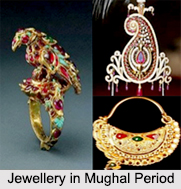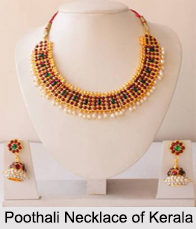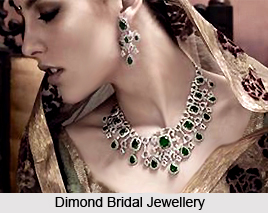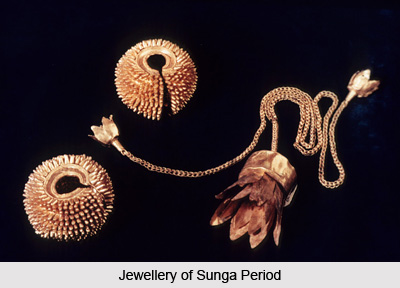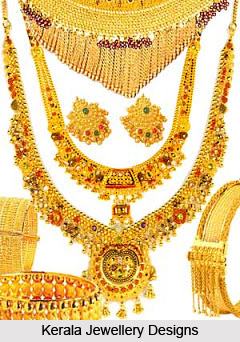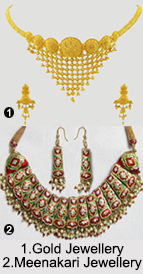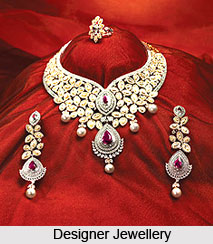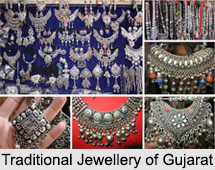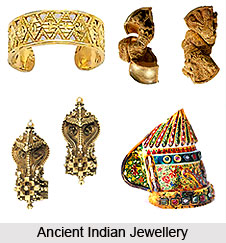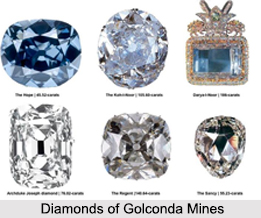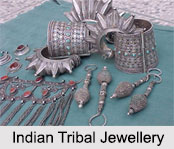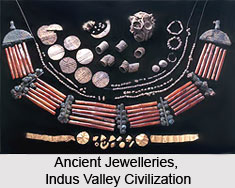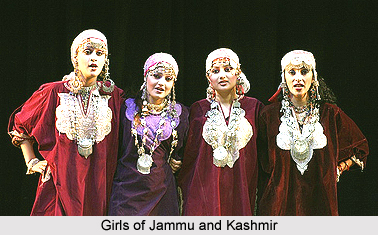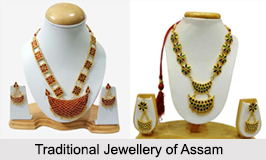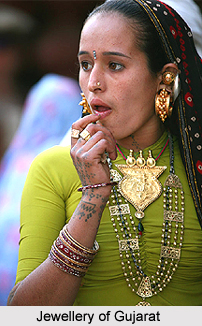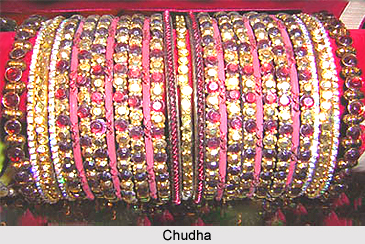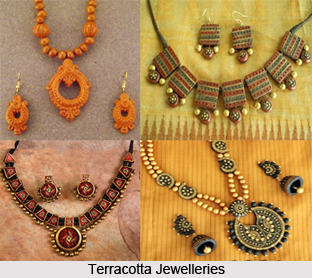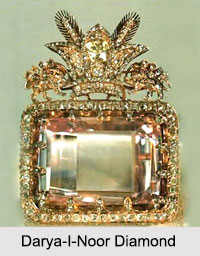 Darya-I-Noor diamond is one of the biggest diamonds in the world and is like a pyramid shape. Darya-I-Noor or "Sea of Light" is probably one of the few diamonds to have repeatedly invited speculation about its identity, while all these gems are wrapped in a cloak of mystery and intrigue. From the rich alluvial soil deposits of Golconda, this pale pink, shimmering stone was discovered and it possesses a unique limpidity that is characteristic of the finest Indian diamonds.
Darya-I-Noor diamond is one of the biggest diamonds in the world and is like a pyramid shape. Darya-I-Noor or "Sea of Light" is probably one of the few diamonds to have repeatedly invited speculation about its identity, while all these gems are wrapped in a cloak of mystery and intrigue. From the rich alluvial soil deposits of Golconda, this pale pink, shimmering stone was discovered and it possesses a unique limpidity that is characteristic of the finest Indian diamonds.
History of Darya-I-Noor Diamond
This table-cut stone"s pavilion consists of large step facets of which one bears an inscription in Persian, "The Sultan, Sahib Qiram, Fath Ali Shah, Qajar 1250" (AD 1834, the year of his death). Darya-I-Noor along with Kohinoor was among the diamonds taken and brought to Iran by the King Nader of Afshar family.
After Nader, his grandson Shahrokh took the ownership of Darya-I-Noor. Then it was passed to the hands of Mir Alam Khan who was an Arab and then to Mohammad Hassan Khan Qajar, the predecessor of the Qajar kings. After the murder of Mohammad Hassan Khan and following a series of events, King Karim Khan of Zandiyeh family became the owner of the diamond and after his death it was passed to his son Lotfali Khan.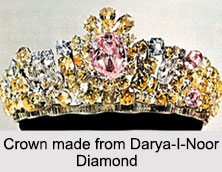 Lotfali Khan was tortured and made blind and the diamonds, Darya-I-Noor and Taajmaah were separated from his arm band and attached to the arm band worn by Agha Mohammad Khan. So it was how the Darya-I-Noor diamond was transferred to the Qajar dynasty.
Lotfali Khan was tortured and made blind and the diamonds, Darya-I-Noor and Taajmaah were separated from his arm band and attached to the arm band worn by Agha Mohammad Khan. So it was how the Darya-I-Noor diamond was transferred to the Qajar dynasty.
Until the time of Qajar king, Nasereddin Shah, the diamond was among the gems covered into one of the royal arm bands, but in his reign, wearing arm band slowly got out of fashion. Then, the diamond was fitted into the hat of the king, put within a golden frame along with other jewels such as the golden emblems of a lion and a sun as well as a crown. Later on, Darya-I-Noor was transferred to the National Jewellery Museum and remained there until 1908.
Description of Darya-I-Noor Diamond
Darya-I-Noor, cut from both sides, is like a pyramid with a four by three centimetre base. All sides of the diamond are horizontal. The table cut diamond is set in a frame with 457 smaller diamonds and 24 rubies, and the whole item of jewellery stands at a dazzling 7.2 centimetres high and 5.3 centimetres wide. Fathali Shah"s name is engraved in Persian on one surface. This is a spectacular pink and weighing 182 carats, considered unusual due to both, its colour and size.
